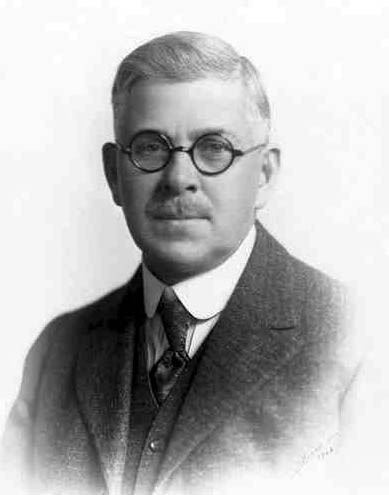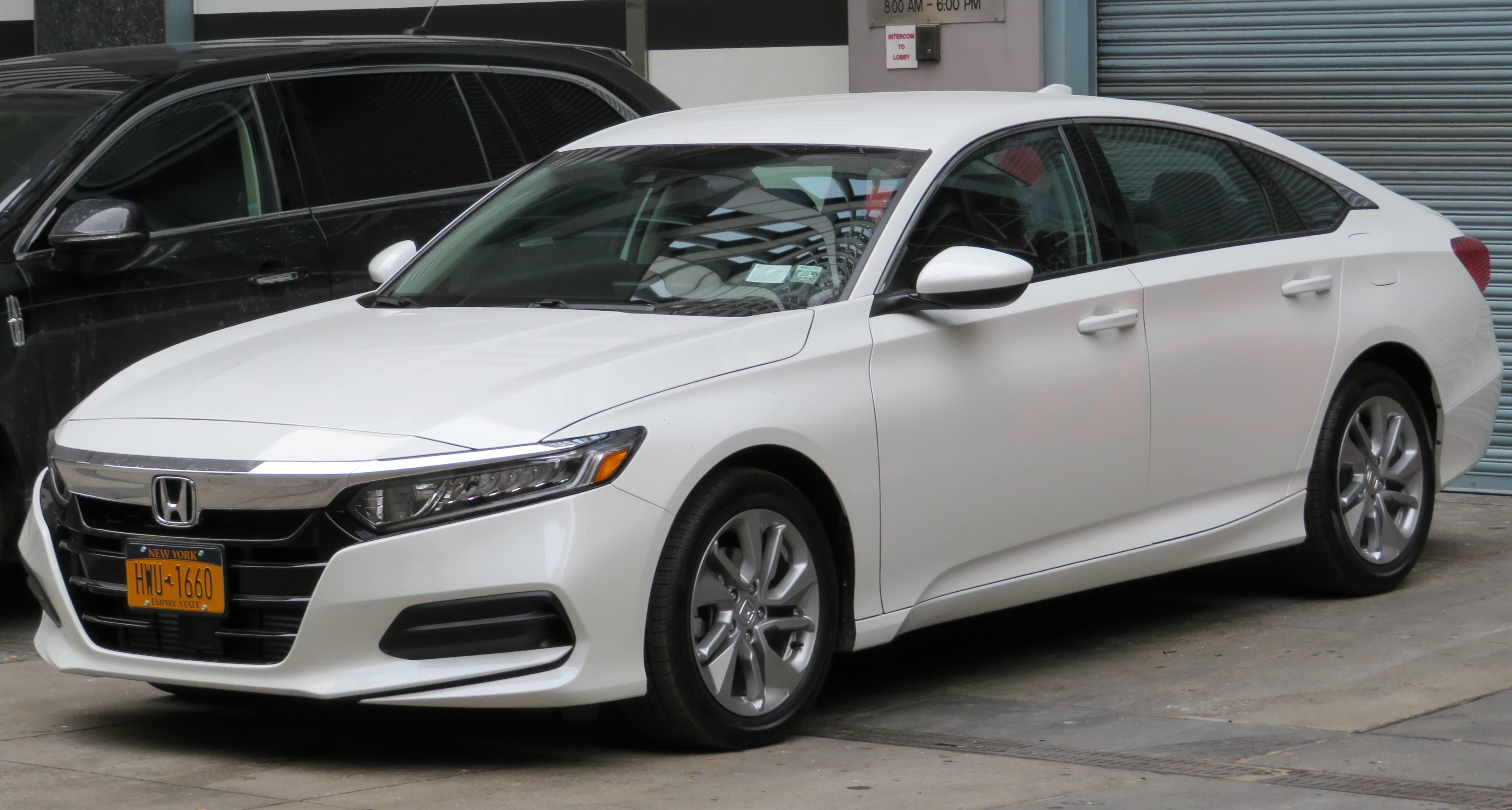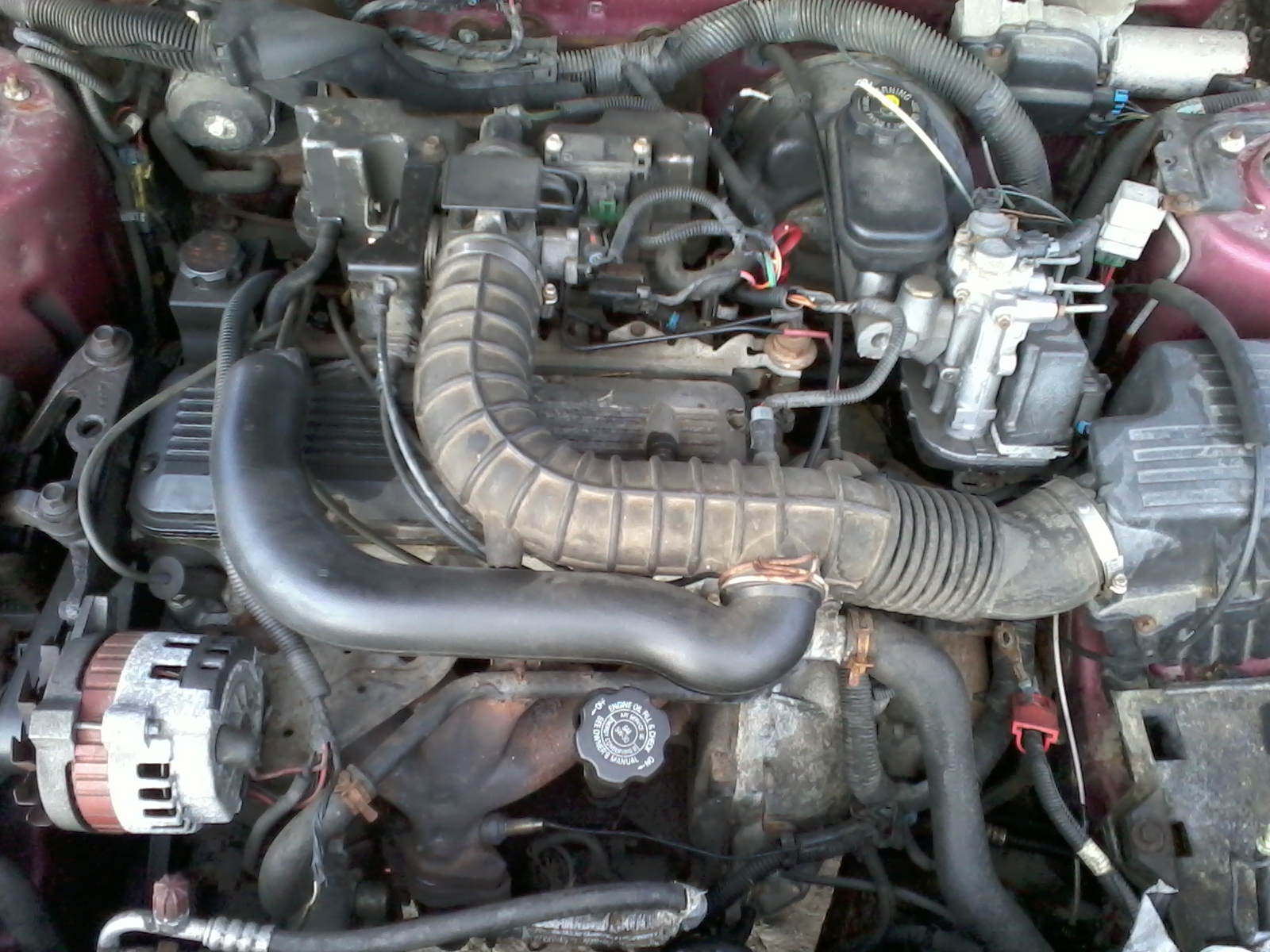|
Oldsmobile Cutlass Cruiser
The Oldsmobile Cutlass Ciera is a mid-size car that was manufactured and marketed from the 1982 through 1996 model years by the Oldsmobile Division of General Motors. It shared the front-wheel drive A platform with the Buick Century, Pontiac 6000 and Chevrolet Celebrity. Available body styles included a 2-door coupe, 4-door sedan, and the 4-door Cutlass (Ciera) Cruiser station wagon. Background The Cutlass Ciera and its A-Body platform twins, featured MacPherson strut front suspension, body-color urethane bumpers, flush-mounted glass, front-wheel drive, and on many models, fuel injection. The Cutlass Ciera shared the Cutlass nameplate with the smaller Cutlass Calais and the upscale Cutlass Supreme. Oldsmobile had previously used the Celebrity brand in the 1960s, but GM chose to give that name to Chevrolet. With the Ciera, Oldsmobile established Cutlass as sub-brand for its line of mainstream sedans and coupes. Initially, the Cutlass Ciera and its platform mates were ma ... [...More Info...] [...Related Items...] OR: [Wikipedia] [Google] [Baidu] |
Oldsmobile
Oldsmobile or formally the Oldsmobile Division of General Motors was a brand of American automobiles, produced for most of its existence by General Motors. Originally established as "Olds Motor Vehicle Company" by Ransom E. Olds in 1897, it produced over 35 million vehicles, including at least 14 million built at its Lansing, Michigan factory alone. During its time as a division of General Motors, Oldsmobile slotted into the middle of GM's five (passenger car) divisions (above Chevrolet and Pontiac, but below Buick and Cadillac), and was noted for several groundbreaking technologies and designs. Oldsmobile's sales peaked at over one million annually from 1983 to 1986, but by the 1990s the division faced growing competition from premium import brands, and sales steadily declined. When it shut down in 2004, Oldsmobile was the oldest surviving American automobile marque, and one of the oldest in the world, after Mercedes-Benz, Peugeot, Renault, Fiat, Opel, Autocar and Tatra (i ... [...More Info...] [...Related Items...] OR: [Wikipedia] [Google] [Baidu] |
Chevrolet Celebrity
The Chevrolet Celebrity is a mid-size automobile that was produced by the Chevrolet division of General Motors from the 1982 to 1990 model years. Replacing the Malibu, the Celebrity was initially slotted between the Citation and the Impala within the Chevrolet model line, eventually marketed between the Corsica and Caprice sedans. The Celebrity marked the transition of the GM A platform to front-wheel drive and was among a quartet of GM mid-size vehicles produced on the architecture. Sharing its roofline with the Buick Century, the Celebrity also shared design commonality with the Oldsmobile Cutlass Ciera/Cutlass Cruiser, and the Pontiac 6000. After a single generation of the model line was produced, the Celebrity sedan was discontinued after the 1989 model year and replaced by the Lumina; the Celebrity station wagon was replaced by the Lumina APV minivan after 1990. Model overview Introduced in January 1982, the Chevrolet Celebrity was offered in two-door and ... [...More Info...] [...Related Items...] OR: [Wikipedia] [Google] [Baidu] |
Mid-size Car
Mid-size—also known as intermediate—is a vehicle size class which originated in the United States and is used for cars larger than compact cars and smaller than full-size cars. "Large family car" is a UK term and a part of the D-segment in the European car classification. Mid-size cars are manufactured in a variety of body styles, including sedans, coupes, station wagons, hatchbacks, and convertibles. Compact executive cars can also fall under the mid-size category. History The automobile that defined this size in the United States was the Rambler Six that was introduced in 1956, although it was called a "compact" car at that time. Much smaller than any standard contemporary full-size cars, it was called a compact to distinguish it from the small imported cars that were being introduced into the marketplace. By the early 1960s, the car was renamed the Rambler Classic and while it retained its basic dimensions, it was now competing with an array of new "intermediate" ... [...More Info...] [...Related Items...] OR: [Wikipedia] [Google] [Baidu] |
Diesel Engine
The diesel engine, named after Rudolf Diesel, is an internal combustion engine in which ignition of the fuel is caused by the elevated temperature of the air in the cylinder due to mechanical compression; thus, the diesel engine is a so-called compression-ignition engine (CI engine). This contrasts with engines using spark plug-ignition of the air-fuel mixture, such as a petrol engine (gasoline engine) or a gas engine (using a gaseous fuel like natural gas or liquefied petroleum gas). Diesel engines work by compressing only air, or air plus residual combustion gases from the exhaust (known as exhaust gas recirculation (EGR)). Air is inducted into the chamber during the intake stroke, and compressed during the compression stroke. This increases the air temperature inside the cylinder to such a high degree that atomised diesel fuel injected into the combustion chamber ignites. With the fuel being injected into the air just before combustion, the dispersion of the fuel is une ... [...More Info...] [...Related Items...] OR: [Wikipedia] [Google] [Baidu] |
Oldsmobile Diesel V6 Engine
The Oldsmobile Diesel engine is a series of V6 and V8 diesel engines produced by General Motors from 1978 to 1985. The V8 was introduced in 1978, followed by a V8 only for the 1979 model year. In 1982, a V6 became available for both front and rear-wheel drive vehicles. Sales peaked in 1981 at approximately 310,000 units, which represented 60% of the total U.S. passenger vehicle diesel market. However, this success was short-lived as the V8 diesel engine suffered severe reliability issues, and the engines were discontinued after the 1985 model year. V8 engines LF9 The LF9 is a diesel V8 produced from 1978 to 1985. Earlier versions and those used in pickups (1978-1981) produced and torque, while later versions produced and torque. Applications: *1981 Buick Century *1980–1984 Buick Electra *1982–1985 Buick LeSabre *1981–1985 Buick Regal *1981–1985 Buick Riviera *1980–1984 Cadillac de Ville *1979–1985 Cadillac Eldorado *1980–1985 Cadillac Fleetwood Brougham ... [...More Info...] [...Related Items...] OR: [Wikipedia] [Google] [Baidu] |
Buick V6 Engine
The Buick V6, popularly referred to as the 3800 in its later incarnations, originally and initially marketed as ''Fireball'' at its introduction in 1962, was a large V6 engine used by General Motors. The block is made of cast iron and all use two-valve-per-cylinder iron heads, actuated by pushrods. The engine, originally designed and manufactured in the United States, was also produced in later versions in Australia. It was the first six-cylinder engine designed exclusively for Buick products since the Buick straight-six was discontinued in 1930. The 3800 was on the Ward's 10 Best Engines of the 20th century list, made Ward's yearly 10 Best list multiple times, and is one of the most-produced engines in history. To date, over 25 million have been produced. In 1967, GM sold the design to Kaiser-Jeep. The muscle car era had taken hold, and GM no longer felt the need to produce a V6, considered an unusual engine configuration in North America at the time. The energy crisis a decad ... [...More Info...] [...Related Items...] OR: [Wikipedia] [Google] [Baidu] |
V6 Engine
A V6 engine is a six-cylinder piston engine where the cylinders share a common crankshaft and are arranged in a V configuration. The first V6 engines were designed and produced independently by Marmon Motor Car Company, Deutz Gasmotoren Fabrik and Delahaye. Engines built after World War II include the Lancia V6 engine in 1950 for the Lancia Aurelia, and the Buick V6 engine in 1962 for the Buick Special. The V6 layout has become the most common layout for six-cylinder automotive engines. Design Due to their short length, V6 engines are often used as the larger engine option for vehicles which are otherwise produced with inline-four engines, especially in transverse engine vehicles. A downside for luxury cars is that V6 engines produce more vibrations than straight-six engines. Some sports cars use flat-six engines instead of V6 engines, due to their lower centre of gravity (which improves the handling). The displacement of modern V6 engines is typically between , though ... [...More Info...] [...Related Items...] OR: [Wikipedia] [Google] [Baidu] |
GM 60-Degree V6 Engine
GM or Gm may refer to: Companies * General Motors, US automobile manufacturing company which was founded in 1908 ** Motors Liquidation Company, the US automobile manufacturing company known as General Motors Corporation from 1916 to 2009 * General Mills, US food manufacturing company * Gunn & Moore, UK sports equipment company Places * The Gambia, by ISO 3166 code * Germany, by FIPS 10-4 country code * Greater Manchester, England Sports and gaming * RGM-79 GM, a mobile suit series in the video game ''Mobile Suit Gundam'' * Gamemaster or game master, a person officiating in a multiplayer role-playing game * Grandmaster (chess) * Grandmaster (martial arts) * GM (magazine) Science and measurement * Geiger–Müller tube or G-M tube, a type of radiation detector * Genetic modification or genetically modified, manipulation of an organism's genome * Gigametre or gigameter (Gm), one billion metres * Silty gravel, in the Unified Soil Classification System * Standard gravitatio ... [...More Info...] [...Related Items...] OR: [Wikipedia] [Google] [Baidu] |
GM Iron Duke Engine
The Iron Duke engine (also called 151, 2500, Pontiac 2.5, and Tech IV) is a Straight-4 piston engine built by the Pontiac Motor Division of General Motors from 1977 to 1993. Thereafter GM's 2.2 L OHV 4-cylinder replaced it across the entire lineup of vehicles that offered it. Although its original purpose was to serve as Pontiac's new economy car engine, it was later adapted for use in a wide variety of applications across GM's lineup in the 1980s. Development At the time of the 1973 oil crisis the only engines Pontiac built were , , and versions of their V8 engine. Recognizing that future products would need to be smaller and more fuel-efficient, Pontiac engineers were tasked with developing a new engine that would be suitable for these future products. The engineers considered developing smaller displacement versions of the existing V8, a V6 derived from the V8, a V4 derived from the V8, and an inline-four derived from one of the cylinder banks of the V8 (in the s ... [...More Info...] [...Related Items...] OR: [Wikipedia] [Google] [Baidu] |
Inline-four Engine
A straight-four engine (also called an inline-four) is a four-cylinder piston engine where cylinders are arranged in a line along a common crankshaft. The vast majority of automotive four-cylinder engines use a straight-four layout (with the exceptions of the flat-four engines produced by Subaru and Porsche) and the layout is also very common in motorcycles and other machinery. Therefore the term "four-cylinder engine" is usually synonymous with straight-four engines. When a straight-four engine is installed at an inclined angle (instead of with the cylinders oriented vertically), it is sometimes called a slant-four. Between 2005 and 2008, the proportion of new vehicles sold in the United States with four-cylinder engines rose from 30% to 47%. By the 2020 model year, the share for light-duty vehicles had risen to 59%. Design A four-stroke straight-four engine always has a cylinder on its power stroke, unlike engines with fewer cylinders where there is no power stroke occu ... [...More Info...] [...Related Items...] OR: [Wikipedia] [Google] [Baidu] |
GM 122 Engine
The 122 engine was designed by Chevrolet and was used in a wide array of General Motors vehicles. The ''122'' was similar to the first two generations of the General Motors 60° V6 engine; sharing cylinder bore diameters and some parts . The ''122'' was available in the US beginning in 1982 for the GM J platform compact cars and S-series trucks. For the J cars, it evolved through 2002 when it was replaced by GMs Ecotec line of DOHC 4-cylinder engines. In the S-10 related models, it evolved through 2003 and was known as the Vortec 2200. Production ceased consistent with the replacement of the S-series trucks with the GMT 355 sub-platform. Generation I 1.8 L46 The 1.8 L pushrod engine was the first engine to power the J-Body cars. Introduced with the models in 1982, the 1.8 used a 2-barrel Rochester carburetor and produced and 100 lb/ft of torque. Since peak hp and torque came on at higher RPM, acceleration in these cars was quite sluggish, with a test 1982 Pontiac ... [...More Info...] [...Related Items...] OR: [Wikipedia] [Google] [Baidu] |
GM 4T60 Transmission
{{Infobox automobile , image=Ypsilanti Automotive Heritage Museum May 2015 060 (1979-2001 Hydra-Matic 3T40 transmission).jpg , caption=A Hydra-Matic 3T40 transmission, produced between 1979 and 2001, at the Ypsilanti Automotive Heritage Museum , name=Turbo-Hydramatic 125 , production=1979–2001 , manufacturer=General Motors , class=3-speed transverse automatic transmission , successor= 4T40-E/4T45-E 4T60-E/4T65-E 4T80-E , related= Turbo-Hydramatic The Turbo-Hydramatic 125 was the first in a line of automatic transmissions from General Motors designed for transverse engine application. Introduced in 1980, the line evolved into today's 4T40/45/65/80 line. Turbo-Hydramatic 125 The 3-speed Turbo-Hydramatic 125 was introduced in 1980 and produced through 2001. It carried over some parts from the light-duty Turbo-Hydramatic 200 and 350, but was generally a new design. The 125 was renamed 3T40 later, following GM's new naming convention. After the 1995 introduction of the electronical ... [...More Info...] [...Related Items...] OR: [Wikipedia] [Google] [Baidu] |








